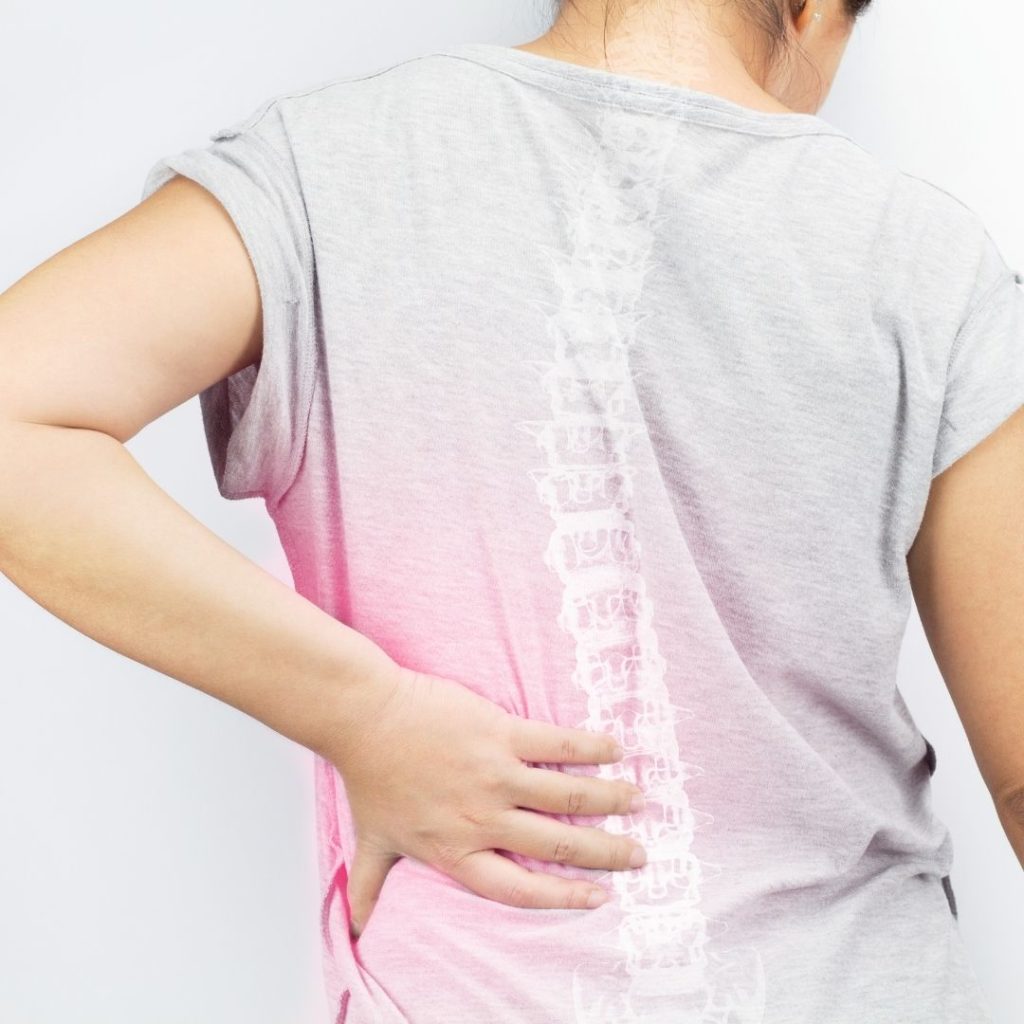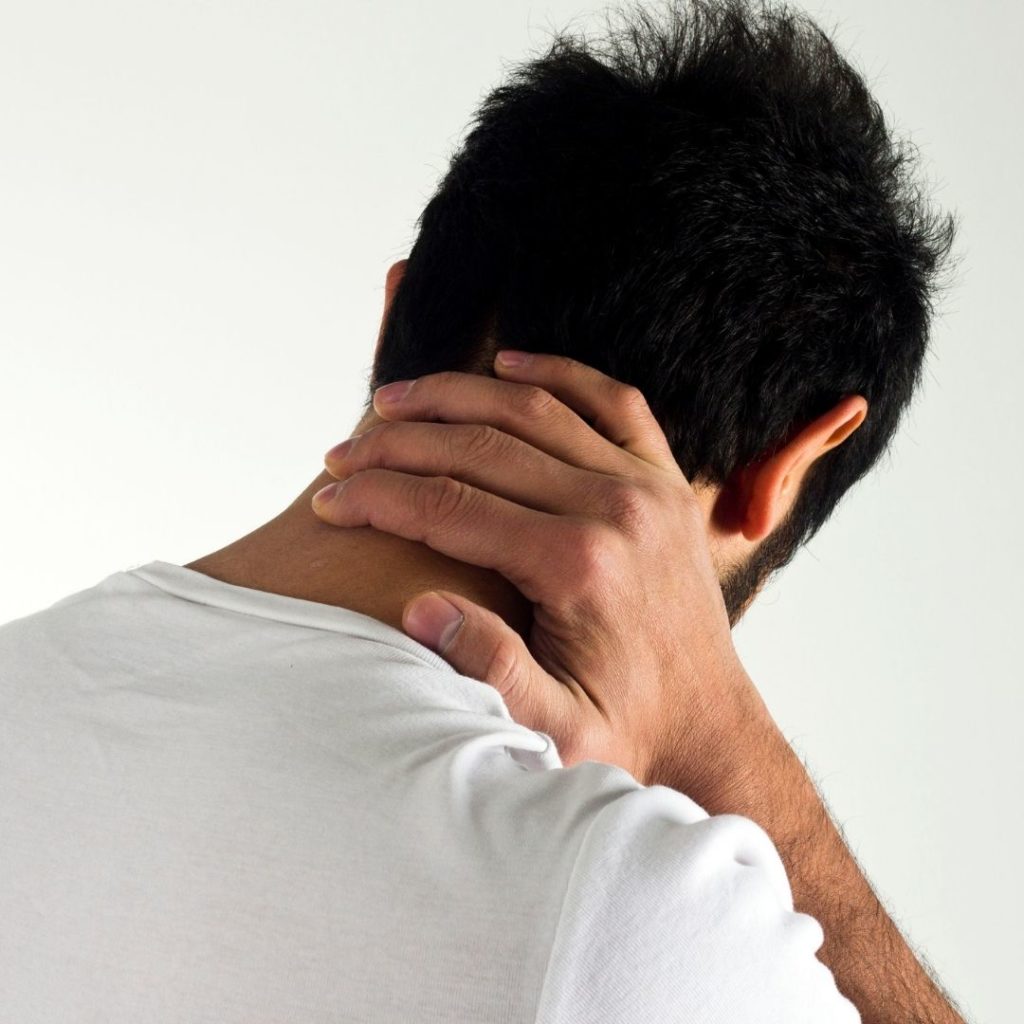⇓ Common Spinal Conditions ⇓
The Most Common Spinal Conditions
The human spine is a complex structure made up of vertebrae, intervertebral discs, ligaments, muscles, and nerves. Its role in supporting body weight, enabling mobility, and protecting the spinal cord makes it central to everyday function. However, due to aging, injury, poor posture, and degenerative diseases, spinal conditions are among the most frequent musculoskeletal complaints. This article explores the most common spinal conditions and the treatment options available, ranging from conservative therapies to surgical interventions.
For additional information on assessing and managing back injuries visit spinetriage.com
1. Degenerative Disc Disease (DDD)
Overview
Degenerative Disc Disease is not a disease per se but a term describing the natural wear and tear of intervertebral discs over time. Discs lose hydration and elasticity, reducing their ability to cushion the vertebrae.
Symptoms
-
Chronic, localized back pain (especially in the lumbar or cervical spine)
-
Pain worsens with sitting, bending, or lifting
-
Occasional numbness or tingling in extremities if nerves are affected
Treatment Options
-
Conservative: Physical therapy, NSAIDs, core strengthening exercises
-
Interventional: Epidural steroid injections
-
Surgical: Discectomy or spinal fusion in severe cases
2. Herniated Disc
Overview
Also known as a slipped or ruptured disc, this occurs when the soft nucleus of a spinal disc protrudes through its tough outer shell, often compressing nearby nerves.
Symptoms
-
Sharp pain in the neck, back, or radiating pain down arms or legs
-
Muscle weakness, numbness, or tingling
-
Sciatica (when affecting the lumbar spine)
Treatment Options
-
Conservative: Rest, physiotherapy, anti-inflammatories
-
Interventional: Cortisone injections
-
Surgical: Microdiscectomy or laminectomy if conservative treatment fails
3. Spinal Stenosis
Overview
Spinal stenosis involves the narrowing of the spinal canal, which puts pressure on the spinal cord and nerves. It commonly occurs in the cervical and lumbar spine due to degenerative changes.
Symptoms
-
Numbness or weakness in extremities
-
Difficulty walking or maintaining balance
-
Pain relieved by bending forward or sitting
Treatment Options
-
Conservative: Physical therapy focused on posture and flexibility
-
Medication: Pain relievers and anti-inflammatory drugs
-
Surgical: Laminectomy or spinal decompression
4. Scoliosis
Overview
Scoliosis is a lateral curvature of the spine that typically develops during adolescence but can also occur in adults due to spinal degeneration (adult-onset scoliosis).
Symptoms
-
Uneven shoulders or hips
-
Visible curve in the spine
-
Back pain (in adults)
Treatment Options
-
Mild cases: Monitoring and physiotherapy
-
Moderate: Bracing (in adolescents)
-
Severe: Spinal fusion surgery
5. Sciatica
Overview
Sciatica is a symptom rather than a diagnosis, referring to pain that radiates along the sciatic nerve, usually caused by compression from a herniated disc, spinal stenosis, or piriformis syndrome.
Symptoms
-
Sharp, burning pain from the lower back through the buttock and down the leg
-
Numbness or muscle weakness in the affected leg
Treatment Options
-
Conservative: Rest, physiotherapy, NSAIDs
-
Interventional: Nerve root blocks, epidural injections
-
Surgical: Discectomy or decompression if persistent
6. Facet Joint Syndrome
Overview
This condition results from degeneration or inflammation of the facet joints, which link vertebrae and allow motion. Often related to arthritis or injury.
Symptoms
-
Localized pain, especially with extension or twisting
-
Pain may radiate to buttocks or thighs but not below the knee
Treatment Options
-
Conservative: NSAIDs, physical therapy
-
Interventional: Facet joint injections or radiofrequency ablation
-
Surgical: Rare; considered when all else fails
7. Osteoporotic Vertebral Compression Fractures
Overview
Common in older adults, these fractures result from weakened bones due to osteoporosis. They can occur from minor stress or trauma.
Symptoms
-
Sudden, sharp back pain
-
Height loss or spinal deformity (kyphosis)
-
Reduced mobility
Treatment Options
-
Conservative: Bracing, pain control, osteoporosis management
-
Minimally invasive: Vertebroplasty or kyphoplasty
8. Ankylosing Spondylitis (AS)
Overview
AS is a chronic inflammatory disease affecting the spine and sacroiliac joints. Over time, it can lead to the fusion of spinal vertebrae.
Symptoms
-
Chronic back pain and stiffness, especially in the morning
-
Improved with exercise but not with rest
-
Reduced spinal flexibility
Treatment Options
-
Medical: NSAIDs, disease-modifying agents like TNF inhibitors
-
Physiotherapy: Core strengthening, posture training
-
Surgery: Rare; considered for severe deformity
Conclusion
Spinal conditions can greatly affect quality of life, but a wide range of treatments exist to manage pain, restore function, and prevent progression. Early diagnosis, conservative management, and multidisciplinary care involving physical therapy, pain specialists, and orthopedic or neurosurgical consultation are key to optimizing outcomes. While not all spinal conditions require surgery, timely intervention can prevent complications and improve mobility for many patients.
For additional information on assessing and managing back injuries visit spinetriage.com


